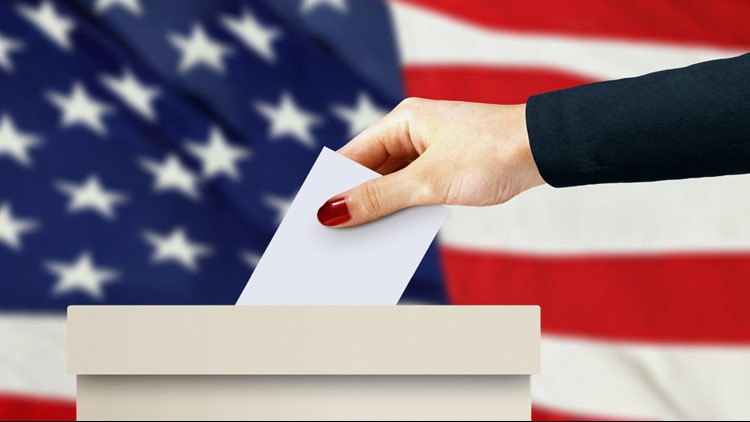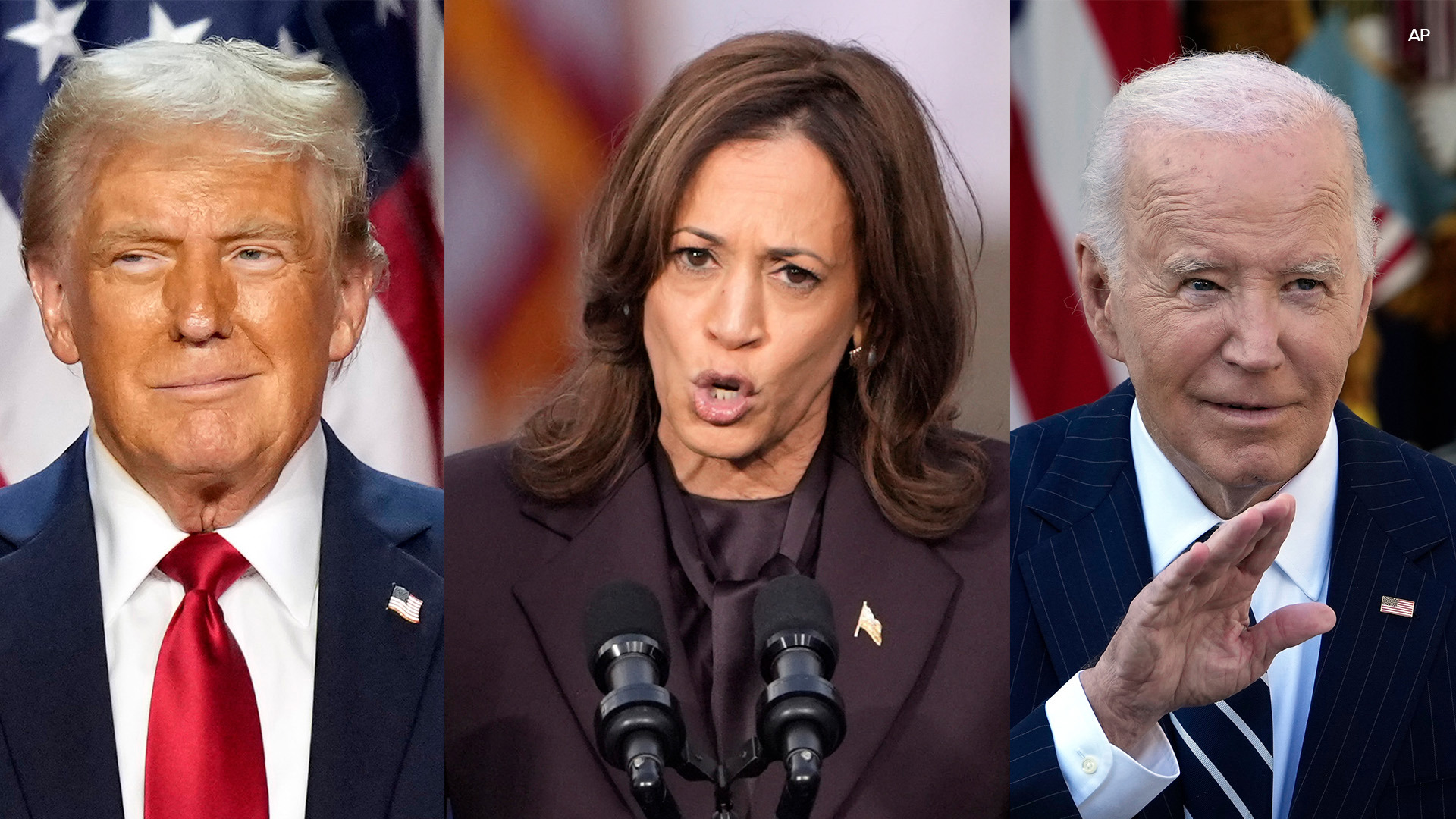Primary elections are like semifinals ahead of the big game.
They’re held prior to a general election, in which voters can pick candidates for a particular federal, state or local office.
Florida primary: Find your polling place
Candidates who are picked during the primary election face off against one another in the general election.
But primary elections aren’t the same in every state in the U.S. There are closed and open primaries, semi-closed and semi-open primaries, blanket primaries and nonpartisan blanket primaries.
The ones you’ll most commonly hear about are closed and open primaries. Thirty-eight states have either closed or open primaries. The other 12 states have semi-closed primaries, which mean they allow voters to register or change political party affiliation on election day.
Florida has a closed primary, which means those who won the Aug. 28 election will advance to the ballot for the Nov. 6 general election.
But what are the differences between the two? Let’s break it down.
Open primaries
There are 24 states that have open primaries: Alabama, Arizona, Arkansas, Colorado, Georgia, Illinois, Indiana, Massachusetts, Michigan, Mississippi, Missouri, Montana, New Hampshire, North Carolina, North Dakota, Ohio, Oklahoma, Rhode Island, South Carolina, Tennessee, Texas, Vermont, Virginia and Wisconsin.
Open primaries don’t require voters to be registered with a political party to vote for partisan or nonpartisan candidates. Voters can pick a party’s ballot and vote for that party’s nomination.
Voters cannot vote in more than one party’s primary election.
Then, like in a closed primary, candidates with the most votes advance to the general election.
In some states with open primaries, voters don’t have to indicate party affiliation when they register.
Closed primaries
There are 14 states with closed primaries: Delaware, Florida, Kansas, Kentucky, Louisiana, Maine, Maryland, Nebraska, New Jersey, New Mexico, New York, Pennsylvania, Oregon and Wyoming.
Closed primaries require voters to be registered with a political party to cast a ballot. You can only vote in the primary of that political party you’re registered with.
For example, if you’re a registered Democrat in Florida, you can only vote on the Democratic party’s ballot during the primary election.
But even in a closed primary state, voters can vote for whomever from whichever party during a general election.
States with closed primary elections require voters to register with a political party or declare no party affiliation.
Voters who aren’t registered as Democrats or Republicans might get the impression that there’s nothing on the primary ballots for them. But there is.
10News political expert Lars Hafner said so-called down-ballot issues open to every registered voter could have the biggest, most direct impact on your life.
These are positions like judges and school board members.
►Make it easy to keep up-to-date with more stories like this. Download the 10News app now.
Have a news tip? Email desk@wtsp.com, or visit our Facebook page or Twitter feed.



